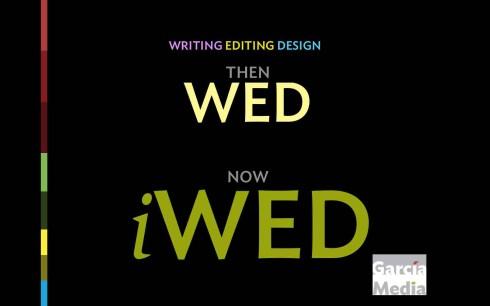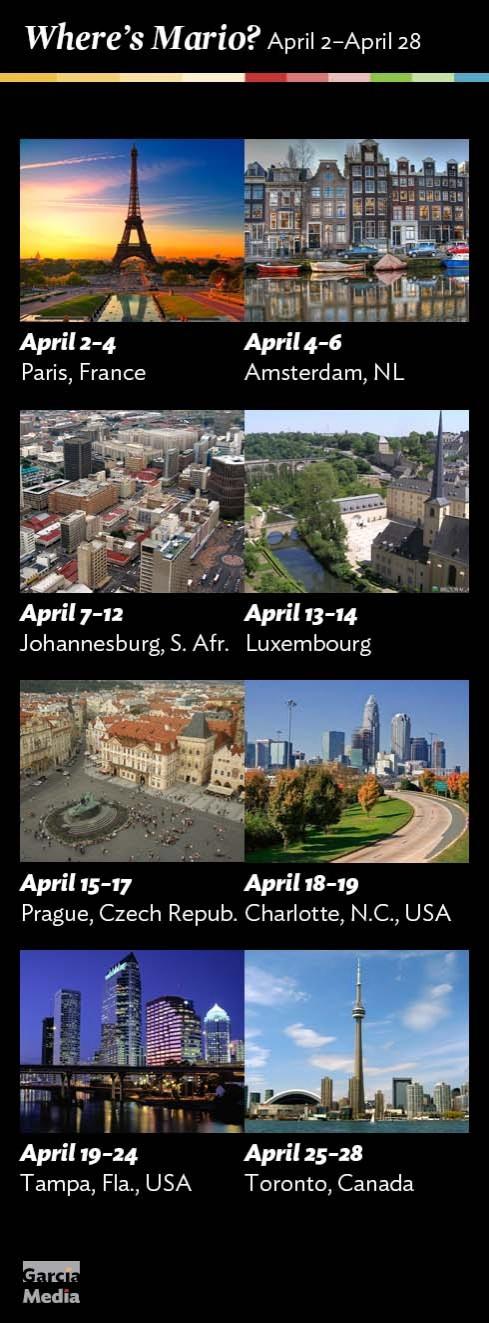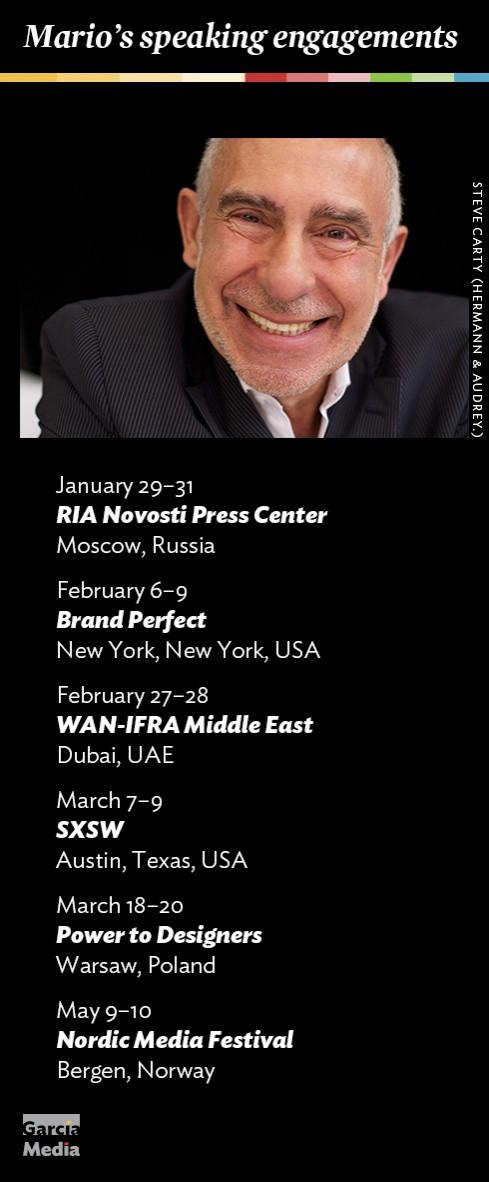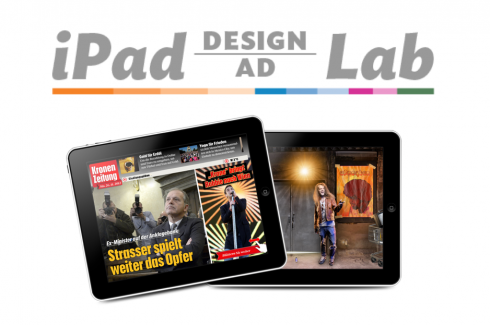This is the weekend edition of TheMarioBlog and will be updated as needed. The next blog post is Monday, April 15
TAKEAWAY: While iWED is a new concept that has apparently captivated many of the blog’s readers, WED was there decades before, setting the foundation for good storytelling that is rich in words and visuals.

I am delighted that so many of you have shown an interest in the WED concept after reading my Thursday blog post headlined Unified Storytelling Philosophy Key to Media Quartet That Sings. Of course, while veteran colleagues know it only too well, younger ones would like more information about the original WED concept and how it came to be.
WED stands for Writing/Editing/Design, but it is also a deliciously applicable play on words, as in marriage, the marriage of words and visual images.
The WED philosophy was born out of necessity: too many newspapers in the 1980s where headlines did not match stories, or photo captions did not amplify stories, or worse, tone of illustration and that of story not synchronized. It was the start of the emergence of design as a discipline in newspapers and the entrance of the first “visual” people into newsrooms. As one would expect, there was some confusion about the role of visuals, as opposed to words. As I wrote yesterday, there was also the duels between the word people and the visual people. In the process, content and design both suffered.
WED to the rescue. We were fortunate to have The Poynter Institute for Media Studies as our laboratory. WED was first introduced at a Poynter seminar. Then, because we had to set the example for what we preached, I teamed up with my friend and Poynter colleague, Dr. Roy Peter Clark, as we presented the WED concept to hundreds of editors and designers. Indeed, sometimes both in the same room. Roy and I would “act out” real scenes from the trenches,with Roy playing the “word” person, as in the character of Perry Mason, as played by Raymond Burr, while I would channel the colorful Brazilian bombshell Carmen Miranda, a reference to all that is visually over the top.
But the seminars were more than the fun of these acting moments. Beyond the caricatures and generalizations, there were exercises in which participants had to conceptualize stories, plan their execution and eventually work as teams of journalists/designers to design the story. These seminars were instructive, eye opening and allowed participants to return to their newspapers with a new vision of how writing/editing/design should relate.
In a piece written for The Poynter Institute, our colleague Ron Reason, who also taught WED inspired seminar at the Institute, wrote the following:
The philosophy is meant to be all-inclusive, and breaks down like this:
The “W” comprises not only writing but reporting and research, of stories as well as headlines, subheads, captions, promos, and at-a-glance boxes.
The “E” comprises not only editing but coordinating and making sense of all the raw materials of journalism. This includes making connections among various parts of a news product, such as promos from the front page of a paper or links in an online service.
The “D” comprises not only design, but photography, art and illustration, color, typography, and informational graphics.
iWED today
Any concept that involves the dynamic trio that are those three disciplines of writing/editing/design, is not likely to disappear anytime soon. Quite the contrary, WED is now enhanced, as these disciplines expand beyond the printed page and into other platforms of the media quartet: mobile, online and tablet.
iWED as I now refer to the concept is about integration, and, in a sense about planning. The effective editor is going to analyze stories for their potential in each platform: perhaps an alert for the phone, an expansion and/or update online, then the more interpretative and visual aspects of the story for print and the tablet.
WED has guided thousands of journalists and designers over the past three decades. It is rooted in the most essential foundations of good journalistic practices.
iWED is set to have a long run as well as more newsrooms forsake the notions of print or digital first, emphasizing story first.
Case studies of iWED at work are beginning to emerge, including in my own projects, and not a moment too soon. It is my hope to share some of those here in the weeks ahead.
Of related interest about WED philosophy:
The WED philosophy in a multi platform media world
http://www.garciamedia.com/blog/articles/the_wed_philosophy_in_a_multi_platform_media_world
At The Washington Post: the power of good storytelling with great design
Also material about WED in two of my books:
Contemporary Newspaper Design (Prentice-Hall, 3rd ed., 1993)
NewspaperEvolutions, published by the The Poynter Institute 1996.
Where’s Mario until April 28, 2013?

Mario’s upcoming speaking engagements

Take advantage of our iPad Design/Ad Lab workshops

Do you want to take your brand to the next level by creating a tablet edition? Garcia Media can help. We now offer one- to two-day iPad Design Lab workshops on demand to jumpstart your presence on this exciting new platform. We also offer iPad Ad Lab workshops to develop engaging advertising models for your app. Contact us for more information.

Purchase the book on the iBookstore

